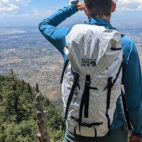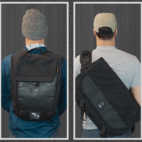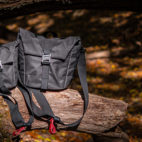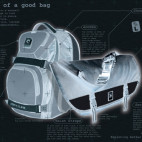External Frame Backpacks – Applying the Old Ways to the New Journeys (Part 2)
Resuming with Part 2 of “External Frame Backpacks – Applying the Old Ways to the New Journeys”, Markus Kittner provides insight on patented external frame backpacks, including renowned pieces such as the Bergans Pack and Trapper Nelson Pack…
–
Exactly what the earliest mass produced external frame backpack was remains unclear. This frame below is from 1920, but does not include a pack.



But the first external frame backpack was probably patented by Colonel Henry C. Merriam in 1886. His invention provided soldiers with a light steel frame and hardwood sticks structure which transferred the weight of the pack to a belt above the buttocks. The frame reduced the pressure from the traditional crossed shoulder straps which typically caused pain to the chest on marches. The hardwood sticks then doubled up as a pole for a shelter tent.


Via Uniforms, Arms and Equipment – The US Army on the Western Frontier. 1880-1892
Over 20 years later in 1908 Ole F. Bergans invented the metal frame rucksack and his Patent Nr. 20547 was registered in 1909. Ole F. Bergans believed that a backpack should be shaped according to a person’s shape and height and should follow the form of the body. So using light tubular steel Ole F. Bergans bent a simple structure to follow the shape of the human back. The light tubular steel structure also made the pack more comfortable to carry as it prevented any awkwardly packed harder objects from making contact with the user’s back.

Originally made from leather, the Bergans pack was later made from canvas.

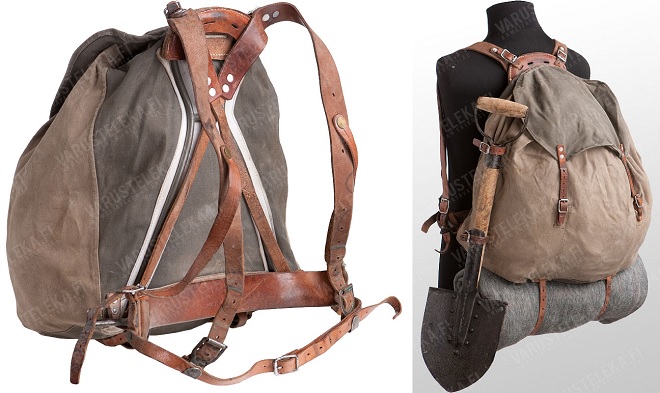

Below is an unusual version of the Bergans Pack made from wood maybe in a time when metal was too expensive, or maybe even an early prototype. The story behind the pack goes that in 1980 an older man went to the Bergans factory asking for a new bag to replace his old one. It was not customary to sell bags from the factory, so the manager referred him to the factory shop. But as soon as the manager saw the old bag, realizing it was one of the first Bergans products he changed his mind and replaced the old bag for a new one.
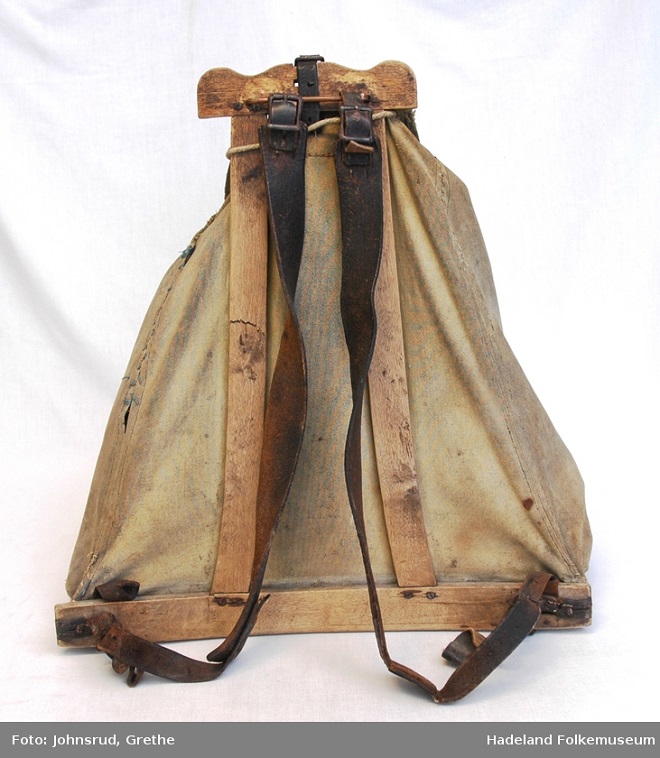

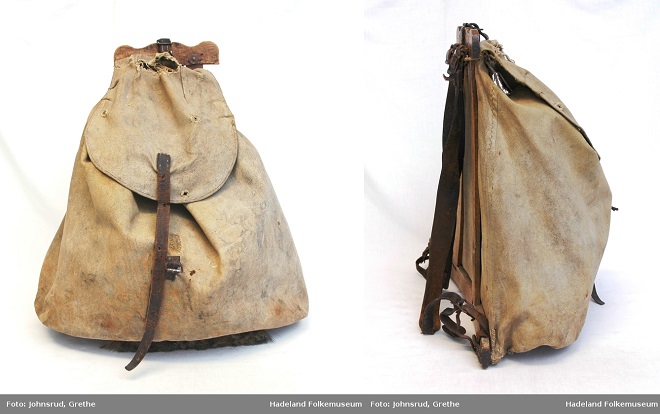
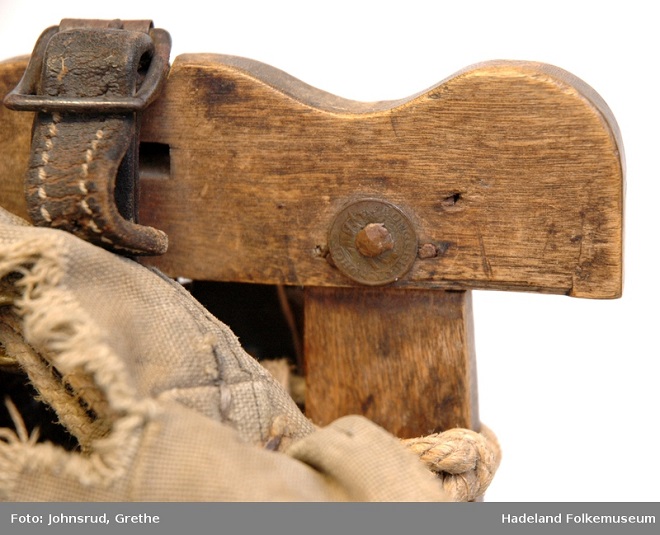
Lloyd F. “Trapper” Nelson’s 1920s reinforced pack board was also a notable patent and invention. Inspired by a Native American sealskin and willow stick pack, the new design emphasized ventilation for the back and also prevented hard objects in the pack from putting pressure on the user’s back.
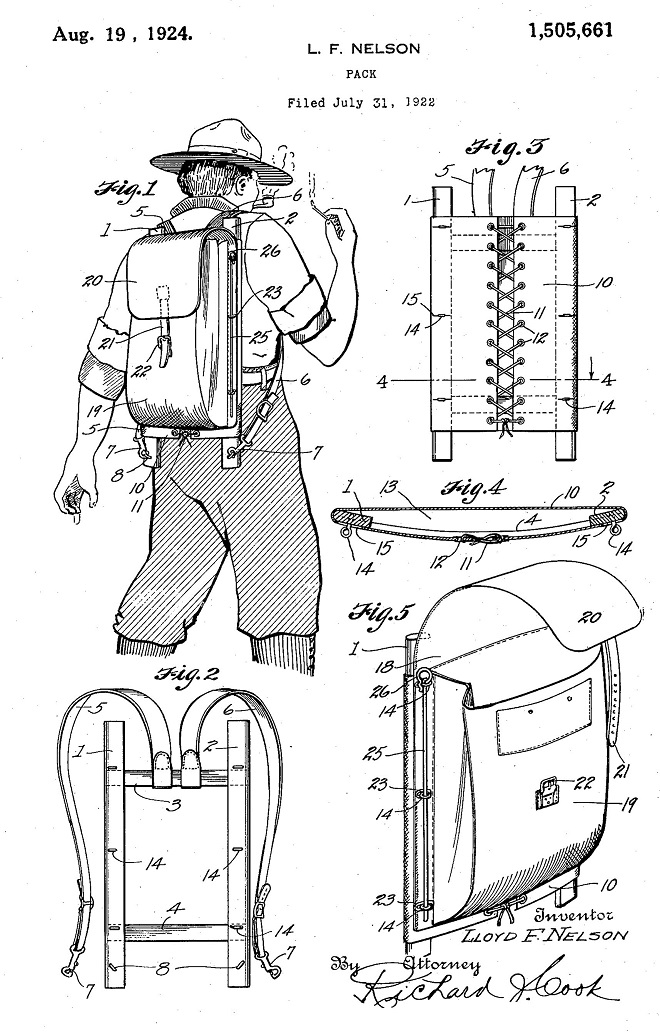

Lloyd F. “Trapper” Nelson’s design would later also become known as the Alaskan Packboard.
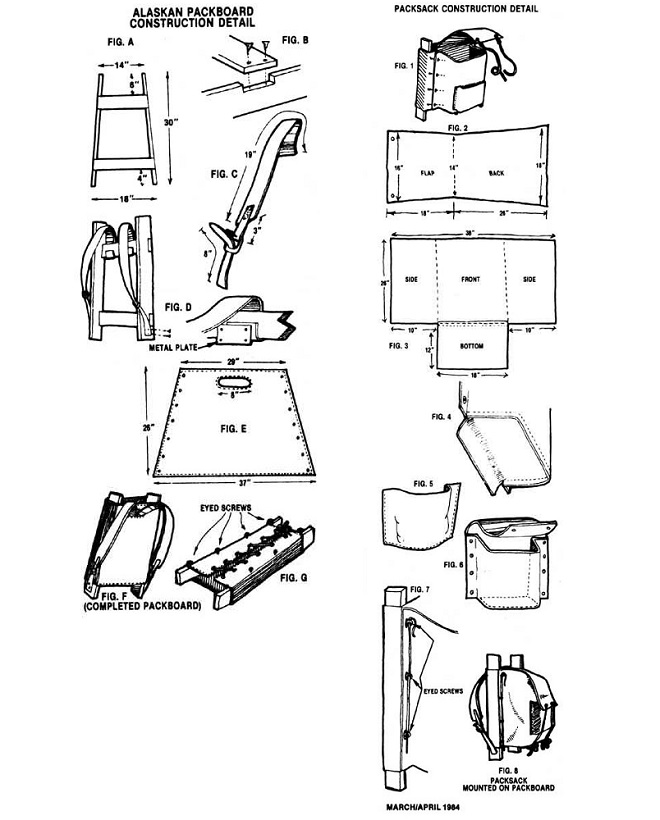
Later adopted by the U.S Army, the packboard saw a few design changes.


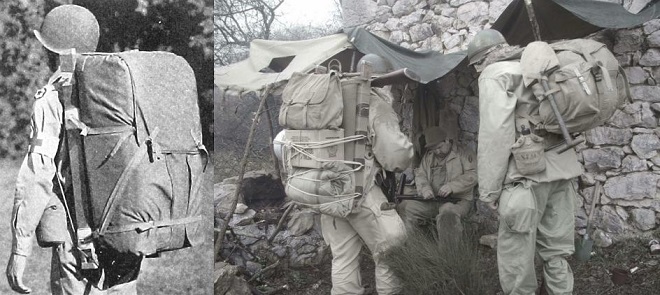
Except on some military packboards which were made using plywood.
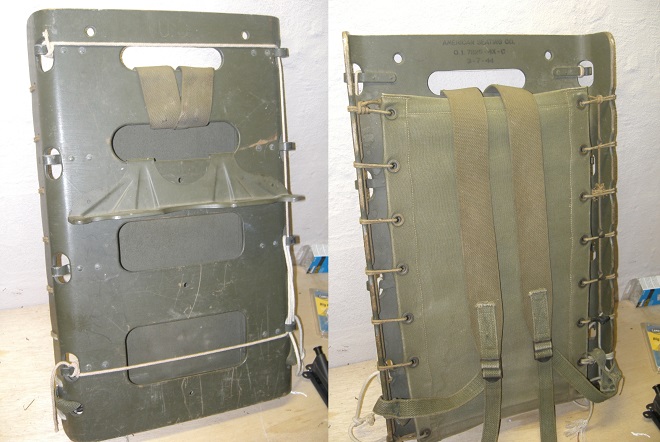
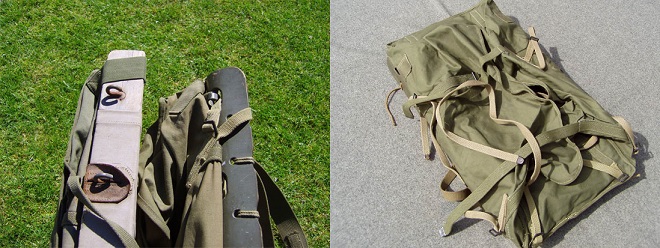
The British Army Awkward Load Carrying Frame was very simple.
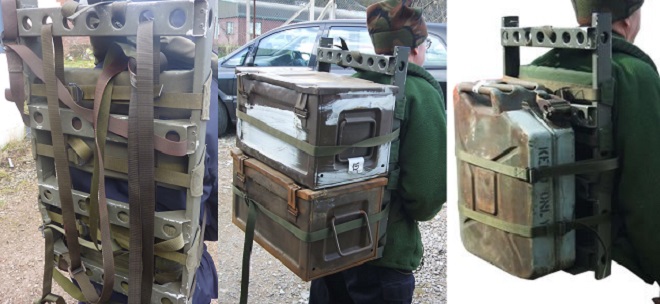
Although the design looks much older, Segen Packs an early environmentalist company from Eugene, OR made this backpack up until the 1980’s. Touted as a “Natural Pack”, the founder Ed Segen stayed true to the use of classic natural materials of wood, canvas, leather and wool felt. But also adding some technical improvements like the modern designed hip belt.
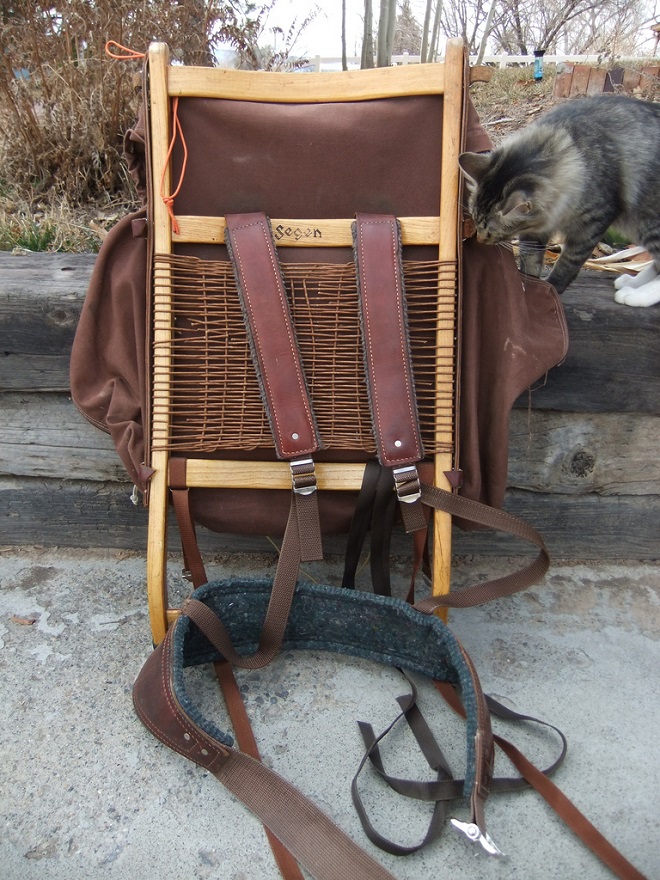
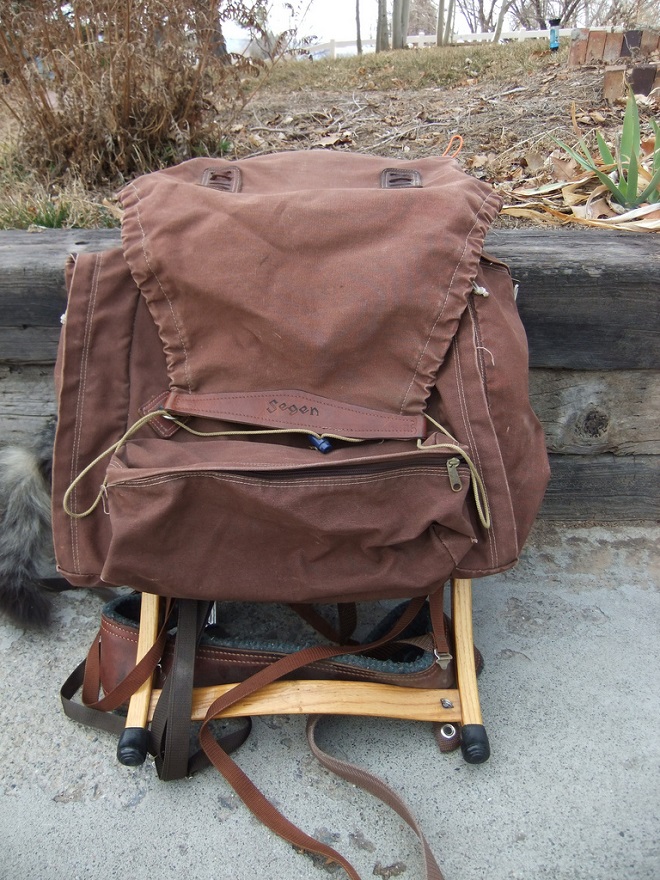
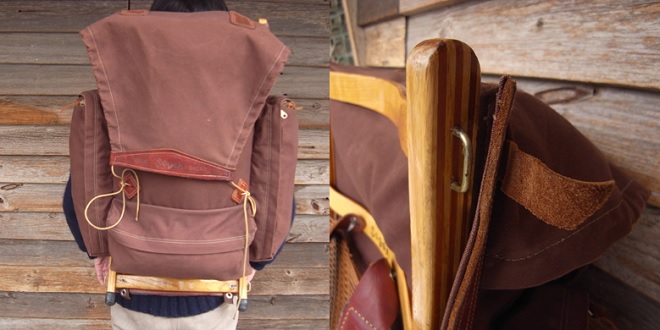
Via www.anarchomountaineers.org
–
Stay tuned for Part 3…





 Carry Awards
Carry Awards Insights
Insights Liking
Liking Projects
Projects Interviews
Interviews









